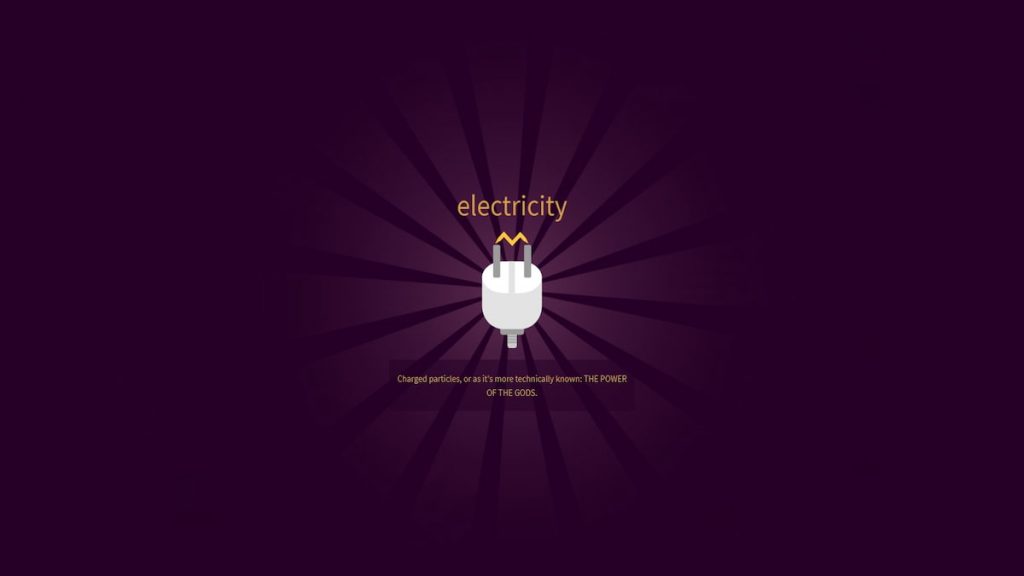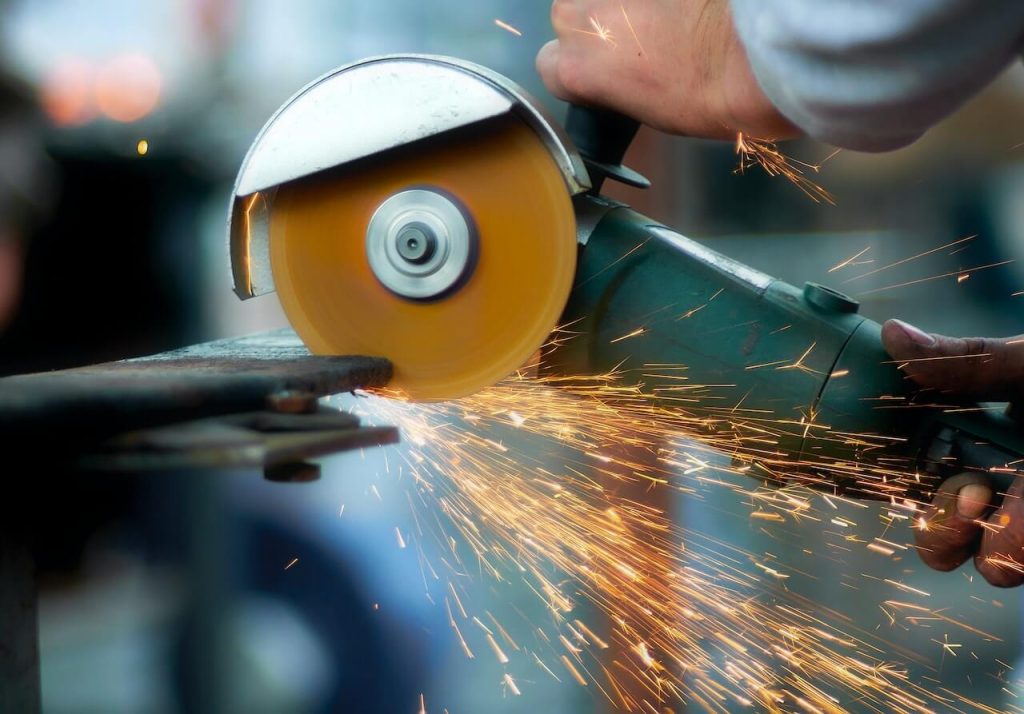A grinder pump is a wastewater conveyance device. It is designed to be installed in the basement of homes or businesses, and grinds sewage from the building into small particles that can then be pumped out of the home through a pressurized sewage system. The grinder pump usually consists of a motorized cutting mechanism connected to an impeller and pumping chamber.
When activated by an internal switch, it will chop up solids before they enter the discharge line, preventing blockages and overflows in the plumbing system. Grinder pumps are beneficial because they reduce maintenance costs associated with clogged pipes or overflowing toilets. They also help protect public waterways from pollution caused by discharging raw sewage into them directly.
A grinder pump is a wastewater system device that grinds sewage from the home into small particles and pumps it up to the public sewer line or septic tank. It is typically used when gravity sewers are not available due to elevation issues, allowing for more efficient use of resources as well as reduced costs for installation and maintenance. Grinder pumps can be installed both indoors and outdoors, making them an ideal solution for homes in remote locations where traditional sewer lines may not be feasible.
What is a Grinder Pump and How It Works?
Why Would You Need a Grinder Pump?
A grinder pump is an important piece of equipment in a home or commercial property with a low-pressure sewer system. It is designed to grind sewage and wastewater solids into small particles that can be easily transported through the pipes and out of your property. In addition, it has the capability to increase pressure so that waste materials can travel to higher elevations within your sewer line before being discharged into public sewers or septic tanks.
Furthermore, its motor allows it to run continuously without interruption, which helps ensure uninterrupted service even during heavy usage times. As such, having a grinder pump installed offers reliability and convenience when dealing with wastewater needs on your premises.
Do All Houses Have Grinder Pumps?
No, not all houses have grinder pumps. Grinder pumps are used primarily in areas where the elevation of the house or residential structure is lower than that of the municipal sewer line. The pump grinds sewage and wastewater into small particles which can then be pumped up to a higher elevation and discharged into the main sewer system.
The use of these pumps is necessary when gravity drainage isn’t an option due to elevation differences between a home and the public system.
Is a Grinder Pump the Same As a Septic System?
No, a grinder pump is not the same as a septic system. A grinder pump is used to break up and grind sewage from your home before it’s sent away for treatment in an underground tank or sewer main. The purpose of a grinder pump is to reduce the amount of solid material that can clog pipes and damage equipment.
It also reduces the size of particles so they are easier to treat with bacteria at wastewater treatment plants. On the other hand, a septic system is designed to collect and treat wastewater from toilets, sinks, showers and other appliances before dispersing it into the ground via leach lines. This helps keep harmful materials out of our waterways while ensuring proper disposal of waste water from homes without access to public sewers or municipal systems.
What Happens When a Grinder Pump Fails?
When a grinder pump fails, it can be a costly and time-consuming problem. A failed grinder pump typically means that the sewage or wastewater is not being pumped out of the home properly, resulting in potential backups into your home and yard. The most common cause of failure is due to clogs from foreign objects like diapers, rags, feminine hygiene products or other debris in the system.
This prevents sewage from moving through the pipes and ultimately causes the motor to overheat or even burnout. If you suspect an issue with your grinder pump, call a professional immediately for assistance; trying to diagnose or repair on your own could lead to making matters worse and further damaging your property.

Credit: www.affplumbing.com
When is a Grinder Pump Necessary
A grinder pump is necessary for homes or businesses located in areas where the sewer system infrastructure cannot accommodate gravity flow from toilets, sinks and other fixtures. The grinder pump grinds waste into a slurry before pumping it to the public sewer main, allowing installation of sewer pipes in locations with lower elevations than would be possible with traditional systems.
Should I Buy a House With a Grinder Pump?
When it comes to purchasing a home, having a grinder pump can be beneficial. Grinder pumps are designed to break down large objects that may enter the sewage system and prevent them from clogging up your pipes. The cost of installing one is relatively low compared to other solutions, and they require minimal maintenance.
However, if you’re considering buying a house with an existing grinder pump, make sure you have it inspected by a professional before making any commitments – this will help ensure that the system is in good working order so that you won’t have to worry about costly repairs down the line.
Grinder Pump Vs Sump Pump
Grinder pumps and sump pumps are both used to pump wastewater or sewage, but they work in different ways. Grinder pumps use a rotating cutting blade to grind up solids before pumping them out through a discharge line, while sump pumps are designed for transferring liquid from one location to another. Sump pumps can also be used for larger scale applications such as draining flooded basements or swimming pools.
Both types of pump have their advantages and disadvantages depending on the situation, so it is important to consider your needs carefully when deciding which type of pump is best for you.
Grinder Pump Tank Size
Grinder pump tanks are typically sized between 1/2 HP and 5 HP. The size of the tank is related to the horsepower rating, with larger tanks generally having higher horsepower ratings. Most grinder pump tanks are also designed for a specific vertical lift, which determines how high above the ground they can be installed.
Generally speaking, pumps that require more power will need bigger tanks in order to store enough water pressure for operation.
Residential Grinder Pump System Questions
When it comes to residential grinder pump systems, there are many questions you may have. The most important question is whether a grinder pump is right for your particular application. Other considerations include installation costs, maintenance requirements and the size of the system needed to meet your needs.
It’s also important to understand how a grinder pump works and what type of power supply will be necessary for its operation. Lastly, make sure you talk with an experienced professional who can answer any additional questions you may have about residential grinder pumps so that you can make an informed decision on which system is best for your home or business.
How Do I Know If I Have a Grinder Pump
If you have a septic system in your home, it’s possible that you may be using a grinder pump to move wastewater from the house to the main tank. To confirm whether or not you do indeed have a grinder pump, look for an electrical outlet outside of the house close to your septic tank. If this is present, chances are good that there is a grinder pump installed underground.
Additionally, if your toilets flush slowly or gurgle when draining water down them, this could also indicate the presence of a grinder pump as well.
How Does a Grinder Pump Work
A grinder pump is a device that uses centrifugal force to grind up and discharge wastewater from the home into a pressurized sewage system. The pump works by chopping solids in the waste stream into small particles, which are then forced through a series of impellers, creating enough pressure to push them through pipes leading away from the home and out to municipal sewers or septic systems. Grinder pumps can handle large volumes of wastewater and are particularly useful for homes with multiple bathrooms, as they reduce blockages caused by solid materials.
Grinder Pump Maintenance
Regular maintenance of your grinder pump is essential for keeping it in good working order. Grinder pumps should be inspected and serviced annually to ensure that all components are functioning properly. This includes checking for any blockages, making sure the motor runs smoothly and replacing worn or damaged parts as necessary.
Additionally, the tank should be emptied every two to three years to avoid buildup of debris in the pump chamber. Following these simple steps will help keep your grinder pump running smoothly and efficiently!
Conclusion
In conclusion, grinder pumps are an important part of wastewater management systems. They provide a safe and effective way to pump waste away from homes and businesses without the need for a large septic tank or other traditional sewage systems. Grinder pumps can be powered by electricity or water pressure, depending on the type you choose, making them both cost-effective and efficient solutions for wastewater disposal.



